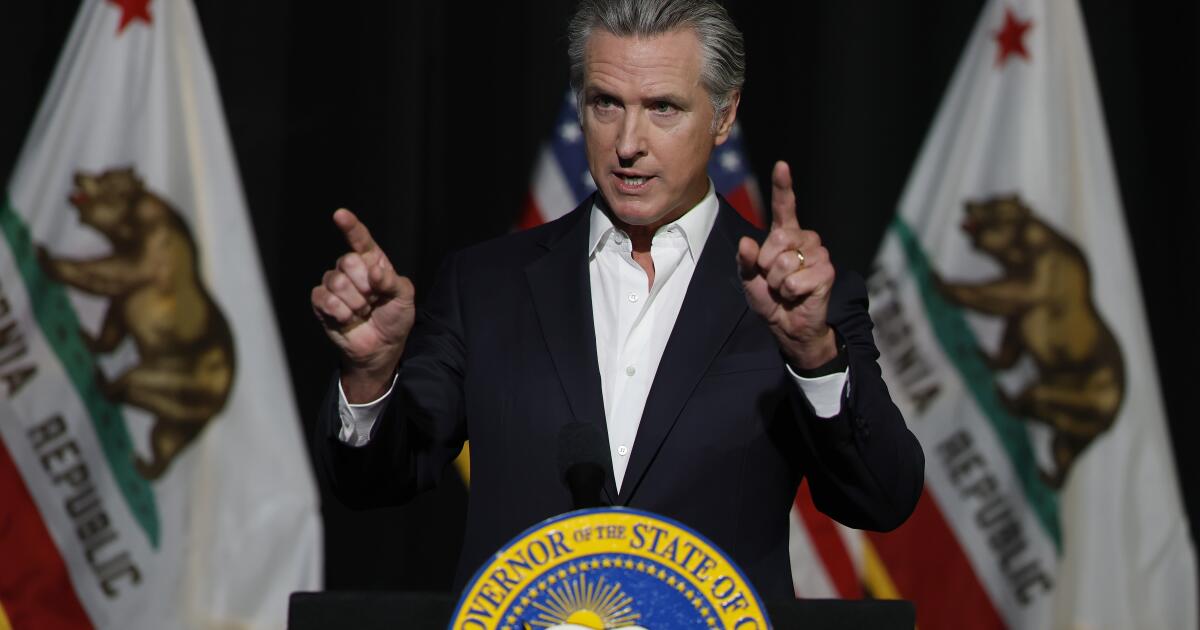Copyright Business Insider

A key phase of President Donald Trump's plan to overhaul student-loan repayment has concluded. On November 6, the Department of Education wrapped up negotiations with stakeholders on Trump's changes to student-loan repayment and borrowing that he signed into law in his "big beautiful" spending legislation in July. The negotiations, which had been going on since October, focused on two areas: replacing existing income-driven repayment plans and instituting new borrowing caps on graduate and professional student loans. The negotiating committee reached a consensus on the law's changes, and the department will begin drafting a rule and publishing it for public comment early next year. The changes are scheduled to take effect in July 2026. Under the legislation, the Department of Education will eliminate the Grad PLUS program, which allowed graduate students to borrow up to the full cost of attendance for their programs. It also places new caps on graduate and professional borrowing: $20,500 a year for graduate students or $100,000 over a lifetime, and $50,000 for professional students or $200,000 over a lifetime. In addition to borrowing caps, the department will eliminate existing income-driven repayment plans and replace them with two options: a standard repayment plan and a new Repayment Assistance Plan with loan forgiveness after 30 years. "The consensus language agreed upon by the negotiators today will help drive a sea change in higher education by holding universities accountable for outcomes and putting significant downward pressure on the cost of tuition," Undersecretary of Education Nicholas Kent said in a statement. "This will benefit borrowers who will no longer be pushed into insurmountable debt to finance degrees that do not pay off." Key repayment and borrowing changes Negotiators raised concerns with the Department of Education's proposed definition of a professional student. The department said that to be eligible for the higher student-loan cap available to professional students like those studying law or medicine, the borrower would have to be enrolled in one of 10 programs. Some advocates raised concerns that the limits on who qualifies for the higher student loan cap could strain participation in healthcare professions. However, the department said that, despite the limited categories, there are over 2,000 doctoral programs that would fall within the new professional degree definition. Related stories Business Insider tells the innovative stories you want to know Business Insider tells the innovative stories you want to know "At a time when the need for healthcare services is rapidly expanding, restricting access to financial support for future healthcare providers is a step in the wrong direction," Todd Pickard, president of the American Academy of Physician Associates, said in a statement. "Without a sustainable pipeline of trained clinicians, patient access to care and health outcomes will continue to decline." Undersecretary Kent told negotiators that it's "by far not the perfect proposal." "We have a really challenging job in front of us, but I think what we did in our proposal is to meet you all at least halfway," Kent said. Meanwhile, the department said it will phase in changes to the repayment plans for existing borrowers. For example, borrowers who took out loans prior to July 1, 2026, will retain access to income-based repayment, while borrowers who take out loans after that date will be eligible to enroll in the new Repayment Assistance Plan.



